Desire paths in Bergamo, Venice, and Spoleto Italy.
In the realm of urban planning, a desire path refers to the shortcuts created by pedestrians. Why pedestrians create desire paths is debated. Some authors (see references) say it’s a political statement or an expression of nonconformity. In the vast majority of cases, we believe this to be false. Pedestrians simply optimize their time getting from one point to another or optimize perceived safety.
As we collected desire paths for this post, it occurred to us that the concept can be applied to the internet, becoming a metaphor for our quest for information.
The internet has no shortage of information pathways. Search engines, social media platforms, and websites serve as the paved sidewalks, guiding users towards their destinations. However, like pedestrians who carve out their own desire paths, internet users often find themselves forging their own routes in the pursuit of knowledge.
This act of finding your own path is not merely a means to an end but an essential part of the learning process. It is through this journey you engage with diverse perspectives, stumble upon new ideas, and ultimately, enrich your understanding. The destination, or the final piece of information, is just one part of the equation. The journey, filled with exploration and discovery, holds equal, if not more, significance.
The analogy between real-world desire paths and information desire paths breaks down when we consider the potential for getting stuck in Internet information bubbles. Real-world desire paths usually don’t have this feature, that is, getting stuck in a dangerous loop.
The internet does not dictate any particular path but allows the freedom to explore, to get lost, and to find your way back. In the best of situations – notwithstanding rabbit holes and information bubbles – this mirrors life, where the destination should not be overshadowed by the journey. After all, it is the journey that shapes us, that makes us who we are.
My information desire path about real-world desire paths started as an observation that I took for granted for many years and then started to wonder if others saw them too. And they do, for example: Desire Paths (reddit.com). That led me to realize that I was not at all original in my observations – though glad I was able to shed light on them. The Internet is humbling in that way. A day late and a dollar short would apply for many observations that I realize are old news like desire paths and ASMR. (For years, I thought it was just me that liked certain sounds. Then in 2016, I realized it wasn’t the case.)
When we first started thinking about desire paths, they made us angry. Why were people so rude we wondered. Then came a reality check that we used the same paths. Even later came the idea that desire paths express a sort of "good" social tension. What you are supposed to do and little shortcuts around that. That's healthy. A city isn't a static place, it's always changing. If not paths, then doors.
References:
- Tracing (and Erasing) New York’s Lines of Desire | The New Yorker
- Desire paths: the illicit trails that defy the urban planners | Cities | The Guardian
- What are Desire Paths? - Geography Realm
- Editorial essay: networked utopias and speculative futures (uow.edu.au)
- See FCJ-143 Ouvert/Open: Common Utopias
- Desire Paths (reddit.com)
- Desire Path | Wikipedia



Desire Paths in Bergamo Italy
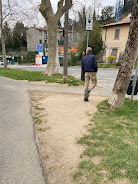


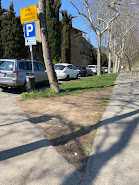
Desire paths in Bergamo, Italy
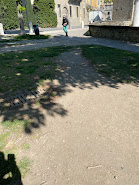

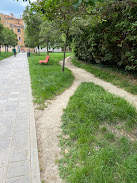

Left: Desire path in Laodicea on the Lycus (Türkiye). Right: Desire path in Pompeii, Italy.
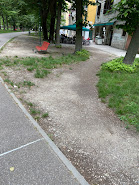

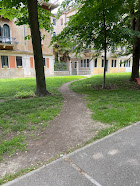

Desire paths in Venice, Italy.




Desire paths in Venice, Italy.
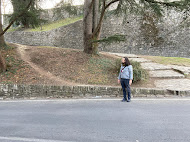
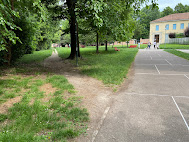


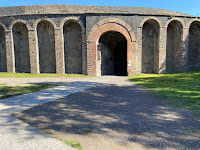
No comments:
Post a Comment
All comments are moderated. If your comment doesn't appear right away, it was likely accepted. Check back in a day if you asked a question.